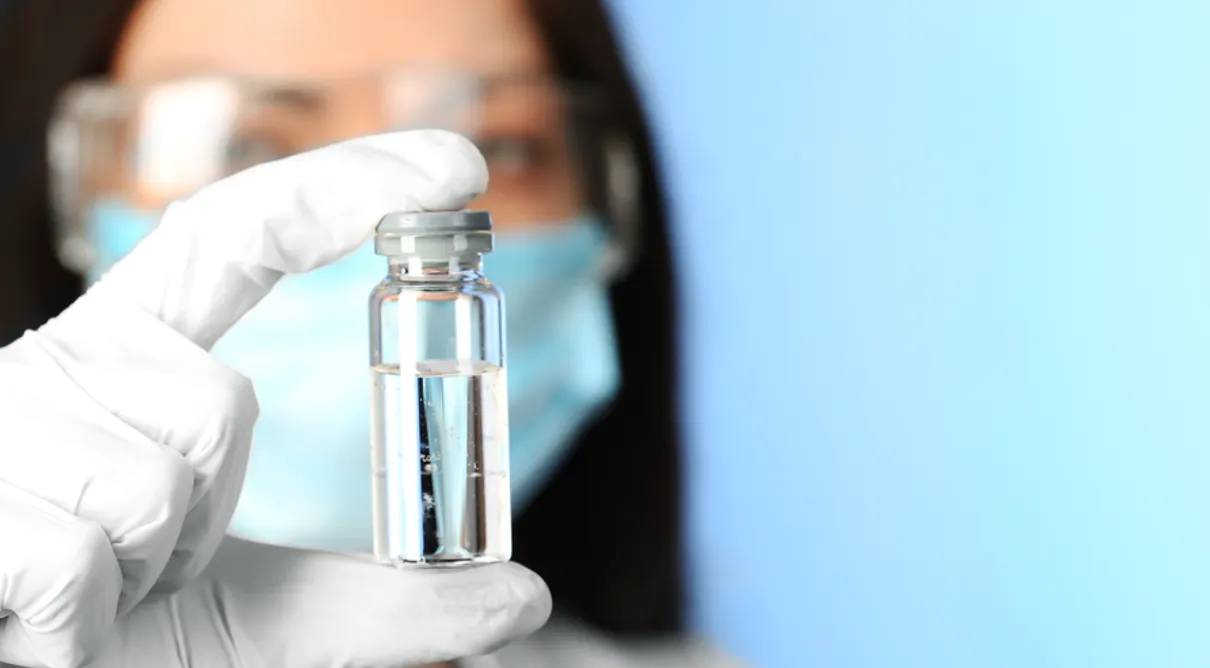Australia’s COVID inquiry shows why a permanent ‘centre for disease control’ is more urgent than ever
- Written by Jocelyne Basseal, Associate Director, Sydney Infectious Diseases Institute (Sydney ID), Faculty of Medicine and Health, University of Sydney

The long-awaited independent inquiry into Australia’s COVID response was released today[1], with lessons on how the nation could better prepare for future pandemics.
The 868-page report outlined nine guiding recommendations and 26 actions, including 19 set for implementation over the next 12 to 18 months. These form the foundation for future pandemic preparedness.
With initial strong national solidarity, Australia acted quickly to close national borders, the inquiry found. This bought crucial time, but Australia was not adequately prepared for a crisis of the scale of the COVID pandemic.
Australia’s response lacked strong central co-ordination and leadership. Communication about public health advice was often conflicting or not appropriately communicated with the most vulnerable groups. Public trust was further undermined by a lack of transparency in decision-making, such as disease modelling, which underpinned important public health responses.
In hindsight[2], the inquiry concluded a fully fledged Australian Centre for Disease Control (CDC) could have made a huge difference. In response, the federal government today committed A$251 milion[3] to establish such a centre in Canberra.
What did the inquiry find?
1. Early rapid response and consensus helped keep us safe. As an inland nation, Australia was able to close its borders while preparing for the ultimate inevitable population-wide spread of SARS CoV-2. But it was unprepared for pandemic-related quarantines.
2. Initially, the communication was clear and consistent. This didn’t last. Huge uncertainties, rapidly changing circumstances, differing opinions among experts and the politicisation of the response undermined communication strategies. Communication with diverse ethnic groups[4] and vulnerable populations groups were often sub-optimal[5]. In future, misinformation and disinformation needs to be addressed through improving health literacy and proactive communication.
3. Our health-care infrastructure was lacking and couldn’t cope with emergency surge capacity, the inquiry found, although health-care workers “pulled together” remarkably. Aged care facilities were particularly vulnerable[6] and had poor infection-control practices. More broadly, there were supply chain issues and inadequate stockpiles of essential infection prevention and control equipment, such as masks and gloves. Australia was unable to manufacture these and was left at the mercy of foreign providers.
4. Analysing the genetic material of the virus and widespread testing were critical to tracking viral evolution and spread. Pathogen genomics[7] in New South Wales and Victoria, for instance, allowed accurate tracking[8] of virus variants and local transmission. But there was poor exchange of data between jurisdictions and limited national coordination to optimise data interpretation and response.
5. Transparent, evidence-based decision-making was lacking. Disease models[9] that informed key decisions were opaque[10] and not open to scrutiny or peer review.
6. Vulnerable populations, including children, suffered disproportionately. COVID-related school closures were particularly harmful as they affected learning, socialising and development, and disproportionately affected children[11] from lower socioeconomic backgrounds. Strict social isolation also increased the risk of family violence[12], along with anxiety and other mental health impacts. Aboriginal and Torres Strait Islander people experienced[13] higher risks due to the inequity of service provision and the social determinants of health.
7. Research is important and should be rapidly scalable. Good surveillance systems for emerging infectious diseases and future pandemic threats should be in place. Patient specimens need to be stored so we can rapidly explore the mechanisms of disease and develop essential diagnostic tests. The inquiry recognised the need for Australia to develop its own vaccines and for access to mRNA technology was recognised as an important health security measure, given challenges in vaccine access[14].
8. Global solidarity and co-operation create a safer word for all.The stark inequities in COVID vaccine access[15], opened major fault lines[16] in international relationships and still complicate the drafting of a global pandemic treaty.
9. Emerging diseases with a One Health focus should be recognised as a ‘standing threat’. In our modern interconnected world, with highly concentrated human and animal populations combined with stressed ecosystems, new diseases with pandemic potential will continue to emerge at an unprecedented rate. This requires a gobal focus.
How could a CDC make a difference?
One of the inquiry’s key take-home messages is that the lack of strong, independent, central co-ordination hampered our pandemic response.
The inadequate flow of data between jurisdictions were major shortcomings that limited the ability to target responses. This is needed to understand:
- transmission dynamics
- the vulnerabilities in those with severe disease
- the circulating viral variants.
The inquiry also emphasised the need to analyse data in near real time.
Good data drive evidence-informed and transparent policy. This is a crucial area for a future Australian CDC to address[17]. The CDC will function as a “data hub”, with Canberra offering the ideal location supporting a multi-jurisdictional “hub-and-spoke” model.
Australia’s new CDC is expected to be launched by January 2026[18], pending legislation approval. The ongoing challenge will be to ensure it delivers optimal long-term health benefits for all Australians.
References
- ^ today (www.pmc.gov.au)
- ^ hindsight (pubmed.ncbi.nlm.nih.gov)
- ^ A$251 milion (www.skynews.com.au)
- ^ diverse ethnic groups (theconversation.com)
- ^ sub-optimal (theconversation.com)
- ^ particularly vulnerable (theconversation.com)
- ^ Pathogen genomics (www.nature.com)
- ^ allowed accurate tracking (link.springer.com)
- ^ Disease models (theconversation.com)
- ^ were opaque (theconversation.com)
- ^ affected children (www.thelancet.com)
- ^ family violence (theconversation.com)
- ^ experienced (theconversation.com)
- ^ challenges in vaccine access (theconversation.com)
- ^ inequities in COVID vaccine access (theconversation.com)
- ^ opened major fault lines (gh.bmj.com)
- ^ future Australian CDC to address (theconversation.com)
- ^ January 2026 (www.health.gov.au)














